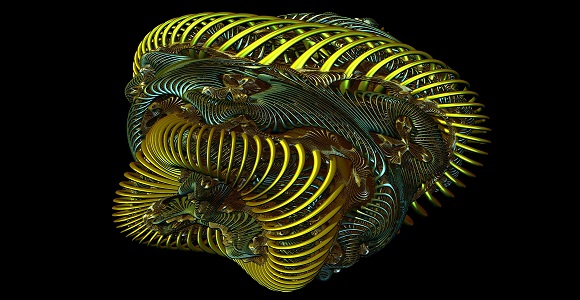
Narrative structure has, at its core, a code not unlike that of DNA.
We first documented a model of this DNA of story in our 1994 book, Dramatica: A New Theory of Story, concurrent with the release of our Dramatica software, which implemented the model as a patented interactive story engine that enabled writers to design the genome of their stories’ narratives.
Today, more than twenty years later, there is still much confusion as exactly what Dramatica is, though the model has been successfully used by more than 100,000 writers around the world, on best selling novels, on motion pictures with billions of dollars of collective box office, and most recently by the CIA and the NSA in applying narrative structure to understand and anticipate the actions of terrorist groups and lone wolves.
To help clarify the nature of the Dramatica model, I’ve prepared the following short list of points that may provide a framework from which to appreciate what Dramatica really is:
First, think of the Dramatica model as the DNA of story.
This is not a loose analogy.
In organic genetics, the model of DNA is not a specific genome but a description of how genomes can be formed.
The model of DNA is (in part) defined by having four bases and a double-helix assembly. And this is the level at which the Dramatica model functions as well.
Dramatica is the DNA of narrative structure. It is a quad-helix arrangement with four bases. It describes how narratives can be formed.
From it, you can build specific narrative genomes for species of stories, just as you can create a human genome or one for a cat.
The model of DNA does not change in the case of a human or cat genome just as the model of Dramatica does not change in the case of any given storyform.
Dramatica is not a specific narrative structure – it is a model of DNA from which specific narrative structure are created.
Just as a specific genome holds the instructions for building a particular creature, so too, a specific storyform holds the instructions for building a particular narrative.
In biology, DNA is not weighted. There is no greater tendency for DNA to create a particular genome over another. That is the job of evolution.
Similarly in story, Dramatica is not weighted. There is no greater tendency for Dramatica to create a particular narrative over another.
However, in biology, there is great genetic variance within, for example, the human genome. So, while we can easily identify a species by its DNA, the genetic variance leads to differences in height, weight, bone structure, hair color, and even unseen attributes such as tendencies toward certain diseases.
In species, genes are specific expressions of their common genome, which creates variance among individuals within a species.
In stories, the subject matter and storytelling style are specific expressions of a common narrative, which creates variance among individual stories told from the same storyform.
And so, systems that seek to understand narrative by finding common traits among finished stories is like trying to understand genetics by finding common traits among all animals.
In 1991, we began our three-year exploration into the nature of narrative structure, eventually having a “Eureka!” moment in which we realized that while each character has a full complement of human mental traits, in the story at large, they each function as but a single facet of an overall mind, the mind of the story itself – a story mind.
This occurs in narrative because it occurs in real life, and narrative is our attempt to map out and find meaning in understanding ourselves and our interrelationships with others.
In real life, we each possess the same basic traits such as Reason, Emotion, and Skepticism. And we use all of them to try and parse our problems and discover solutions.
When we gather together in groups toward a common purpose, we quickly self-organize to become specialists, so one person emerges as the Voice of Reason for the group, and another as the group’s resident Skeptic. This provides the group with much greater depth and detail as it explores its issues than if all the members of the group remained as general practitioners, trying to cover all the bases to a lesser depth as we do for our own individual problems.
So, the group organization becomes a map of how individuals interact in society, and the specialties within the group define the traits within us as individuals, and illustrate how those mental processes interact within our own minds.
This is why in stories characters must do double duty. As individuals when working on their own issues, they are general practitioners, and as members of a group, they are specialists. It is these specialist roles from which character archetypes are derived.
Armed with this new manner of assessing narrative structure, we spent years searching for a model that explained it, ultimately discovering the mechanism of the narrative mind and publishing our theory and model.
Hopefully, this short introduction to the nature of Dramatica will provide some corners to the jig-saw puzzle of cognitive science.
Click here for more information about the Dramatica theory and its ramifications.
Melanie Anne Philips
Creator StoryWeaver
Co-creator, Dramatica

